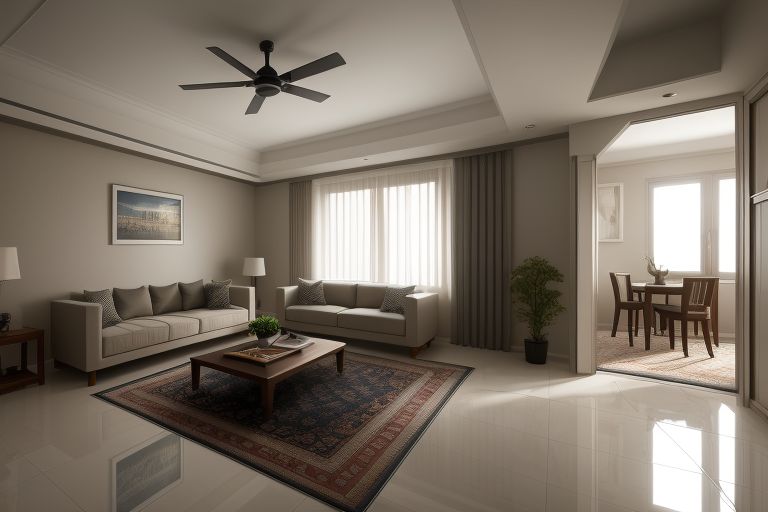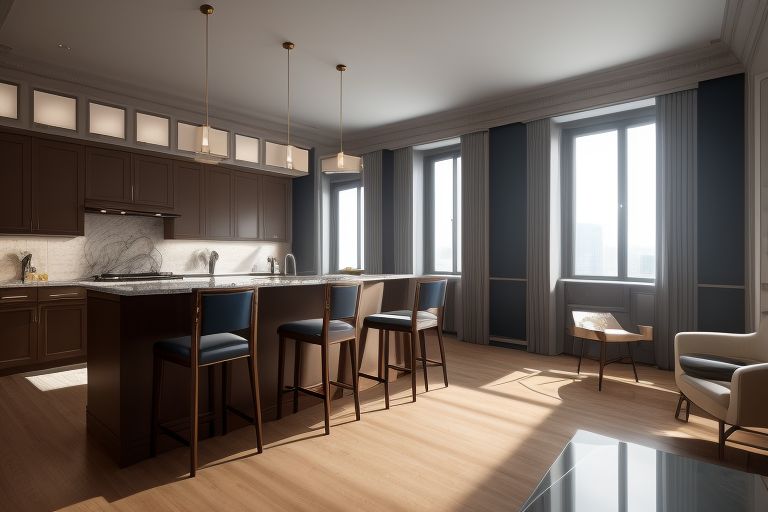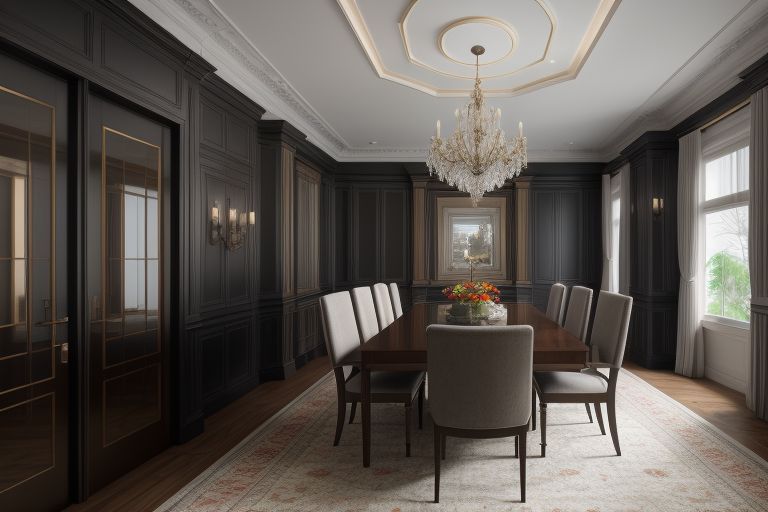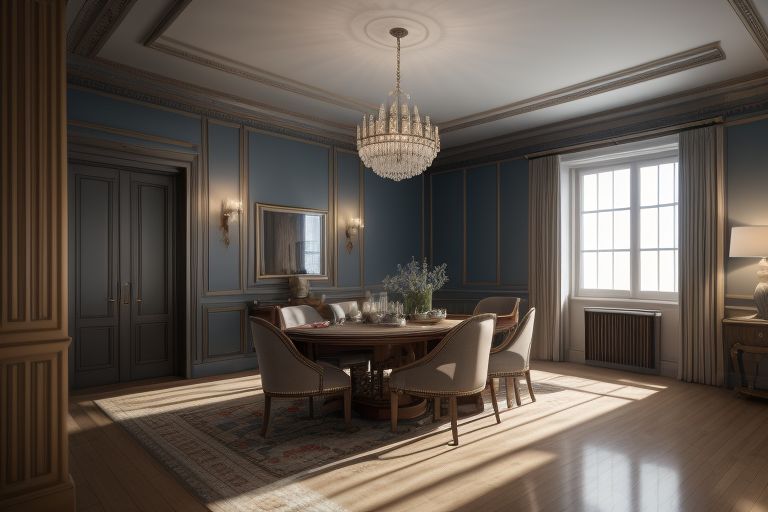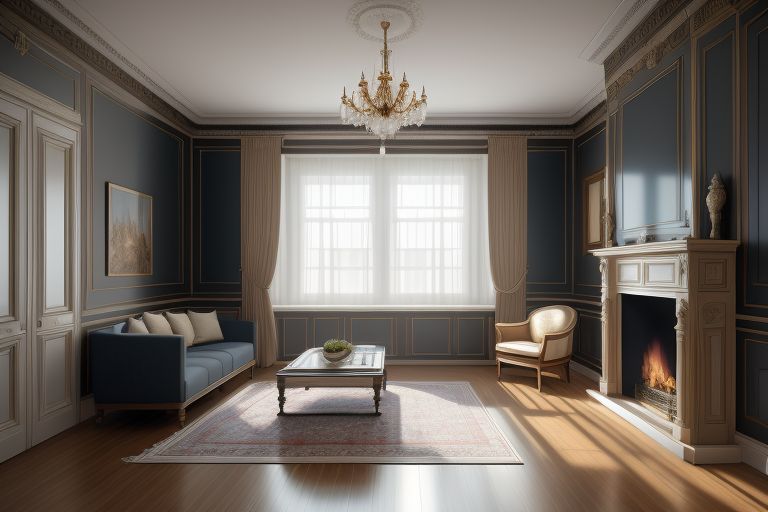The Future of Revolutionizing Spaces: Interior Design AI
Interior Design with Artificial Intelligence
Interior Design AI is transforming the way we create and experience our living spaces. This technology blends creativity with efficiency, providing personalized design solutions quickly and accurately. With the help of AI, homeowners and designers can visualize and customize interiors like never before. Moreover, the integration of AI into interior design offers innovative tools that enhance both aesthetics and functionality.
The power of Interior Design AI lies in its ability to analyze vast amounts of data. It can predict trends, understand preferences, and generate unique design concepts. This not only saves time but also ensures a higher level of satisfaction for clients. For instance, AI can suggest color schemes, furniture arrangements, and decor elements that perfectly match the user’s style. Additionally, the use of virtual reality (VR) allows clients to walk through their designed spaces before any physical changes are made.
Personalized Design Solutions
One of the most significant advantages of Interior Design AI is personalized design solutions. AI algorithms consider individual preferences, lifestyle, and even psychological aspects to create a space that feels uniquely yours. This personalization goes beyond aesthetics, addressing functionality and comfort as well. Furthermore, AI can adapt designs based on user feedback, continuously improving the space’s alignment with personal tastes.
Additionally, AI’s ability to learn from vast design databases means it can suggest ideas that might not have been considered otherwise. This opens up new possibilities for creativity and innovation in interior design. By offering a wide range of options tailored to specific needs, Interior Design AI ensures that every project is unique and personalized.
Efficiency and Sustainability
Interior Design AI also promotes efficiency and sustainability. AI-driven design tools streamline the planning and execution process, reducing the time and resources needed for projects. This efficiency not only benefits designers and clients but also has a positive environmental impact. By optimizing space and material usage, AI contributes to more sustainable design practices.
Moreover, AI can recommend eco-friendly materials and energy-efficient solutions, aligning with the growing demand for sustainable living. These recommendations help create spaces that are not only beautiful but also environmentally responsible. The integration of smart home technology further enhances this aspect, offering intelligent systems that manage energy consumption effectively.
Bridging the Gap Between Vision and Reality
Interior Design AI bridges the gap between vision and reality. Traditional design processes often involve multiple revisions and uncertainties. However, AI tools provide accurate visualizations and simulations, allowing clients to see the final outcome before implementation. This reduces the risk of dissatisfaction and costly changes during the execution phase.
Furthermore, AI enhances collaboration between designers and clients. Interactive platforms enable real-time adjustments and feedback, ensuring that the design evolves according to the client’s vision. This collaborative approach fosters better communication and understanding, resulting in more successful projects.
Future Prospects of Interior Design AI
Looking ahead, the prospects for Interior Design AI are incredibly promising. As technology advances, AI will become even more intuitive and integrated into our daily lives. Future developments might include AI that can anticipate needs and preferences before they are explicitly stated, creating an even more seamless and tailored design experience.
Furthermore, the continuous improvement of VR and AR technologies will enhance the way we interact with design concepts, making the visualization process even more immersive and realistic. These advancements will not only benefit residential projects but also revolutionize commercial spaces, retail environments, and public infrastructure.
Conclusion
In conclusion, Interior Design AI is not just a tool but a transformative force in the field of interior design. It combines the best of human creativity and technological efficiency to create spaces that are personalized, sustainable, and perfectly aligned with clients’ visions. As AI continues to evolve, it will undoubtedly reshape the way we think about and engage with our living spaces, setting new standards for design innovation and excellence.
